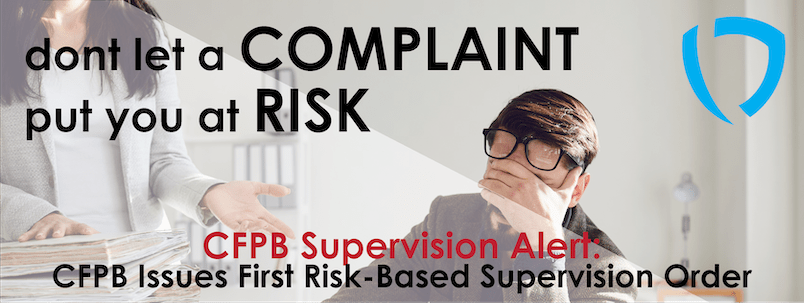
A June 14th editorial about CFPB oversight of the auto industry appearing in the NY Times contained this gem: “Most auto profits are made not by selling cars but by making auto loans that often contain hidden finance charges and other essentially useless add-ons like credit insurance. Take dealer interest rate mark ups….”
First, does NYT have any documentation or studies to support their statement that most auto profits are not made by selling cars? How about a comparison between profits from sales vs. other products? I’d sure like to know the basis for this statement!
Secondly, dealers mostly don’t make auto loans, they aren’t in the lending business. They provide financing using retail installment sales contracts, which are regulated by most states. I don’t have data to back up this statement, just 20 plus years representing car dealers and finance companies. Based on my experience I’m comfortable saying the vast majority of these transactions are not loans. It is irresponsible to lump loans and contracts together, they are different instruments and different rules apply.
Lastly, it bothers me how the NYT follows up their hypothesis with “take dealer rate mark ups”. Huh? The editorial just pointed to allegedly hidden finance charges from add on products, and then it takes the leap to a discussion of dealer rate mark ups! Certainly this is a more inflammatory topic and gets to the meat of the issue….whether dealer rate mark ups lead to discrimination….and if worthy of an editorial. I just don’t know why the editorial had to cast such a wide net of criticism by bringing in these other topics, especially without back up.




